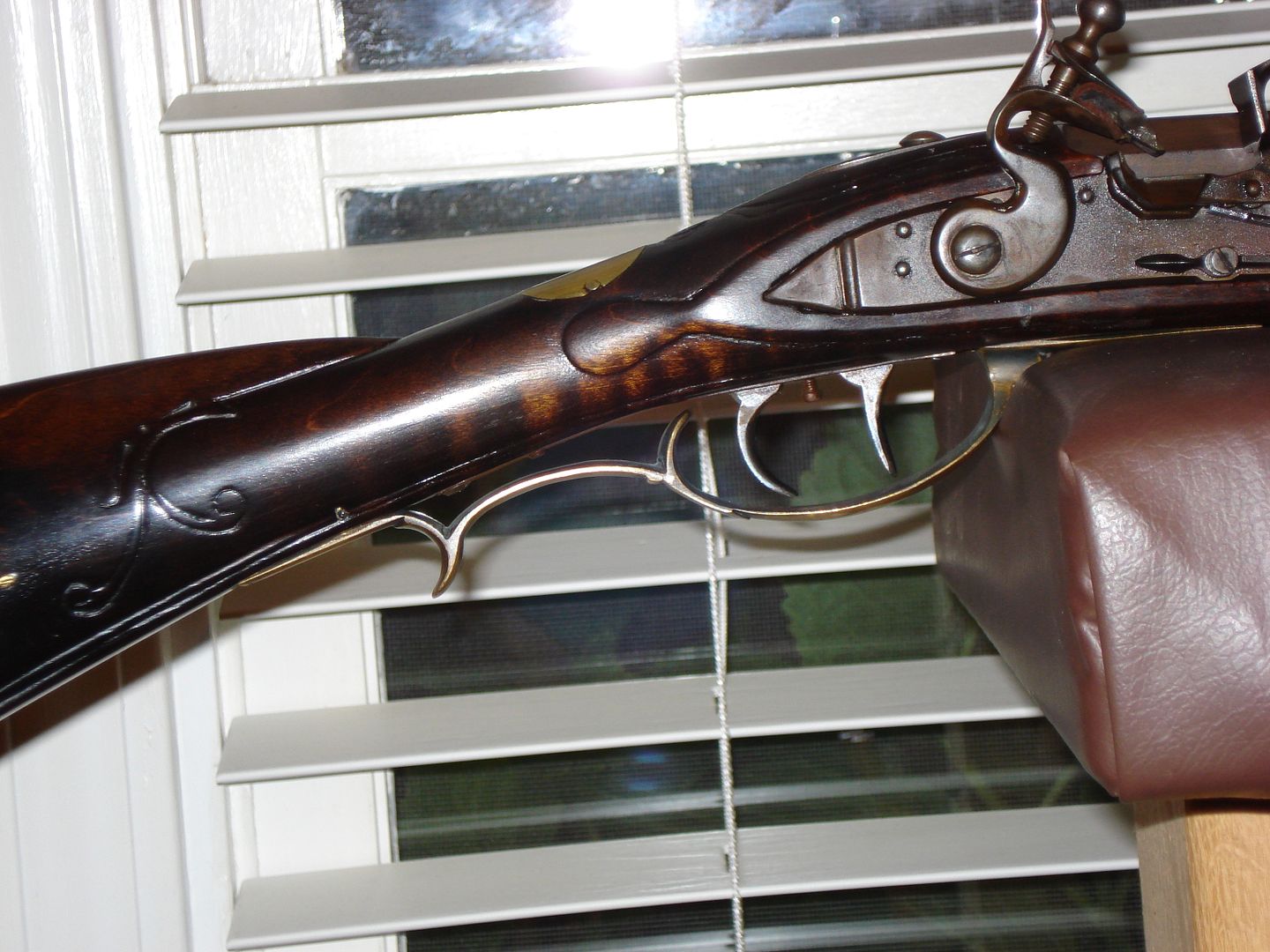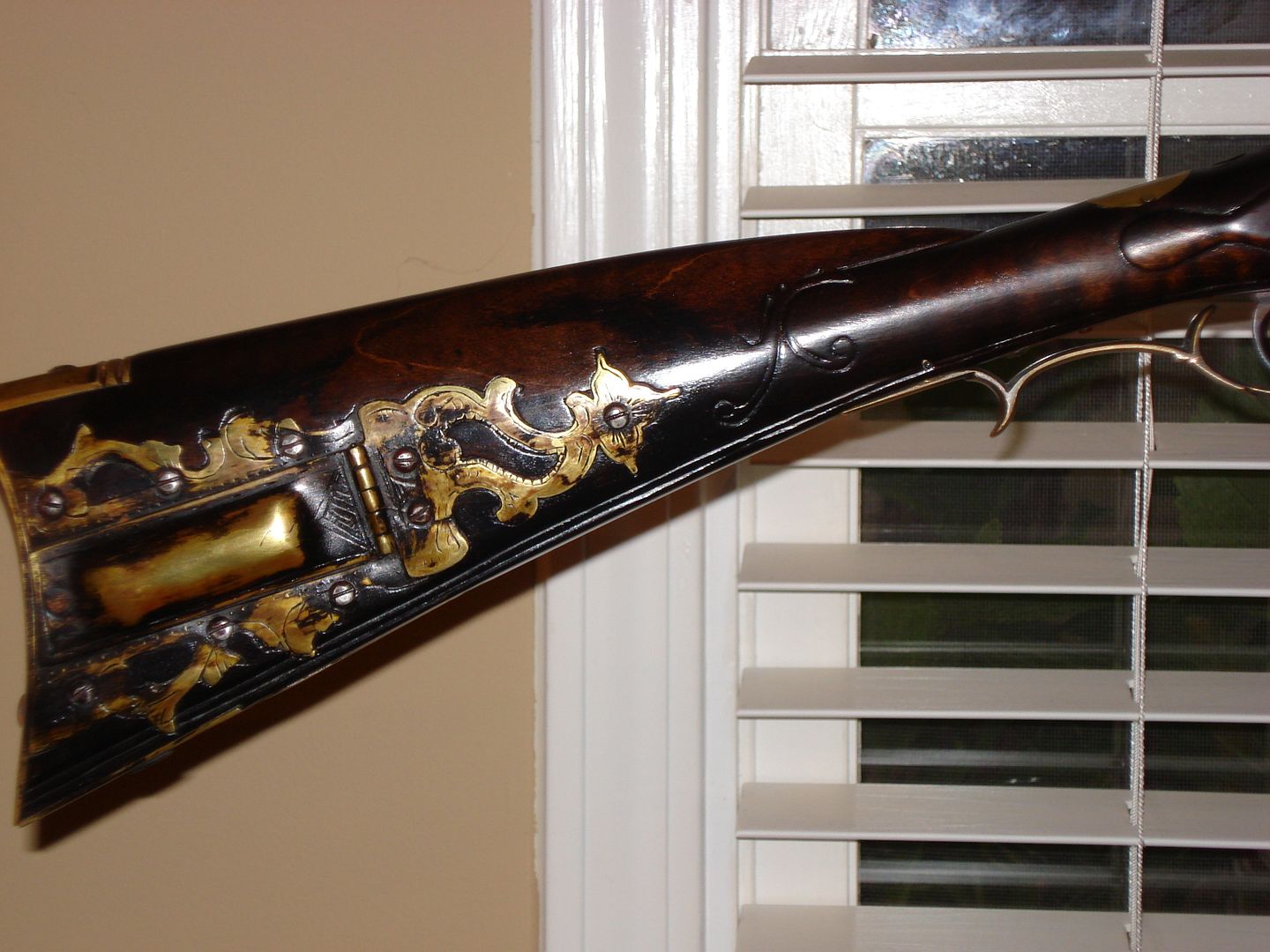moose30273
36 Cal.
- Joined
- Dec 19, 2008
- Messages
- 83
- Reaction score
- 2
I have been toying with the idea of finishing the stock on a Poor Boy rifle by simply scraping and boning. I know that the old rifles were done this way and have simply worn smooth after a hundred or so years. I would like to see a picture or pictures of a newly built longrifle finished as such. I started to finish a fowler this way but chickened out simply because I just thought it looked too rough. I think the issue in my modern mind is what is good workmanship and what is not. Any thoughts or pictures would be appreciated?











